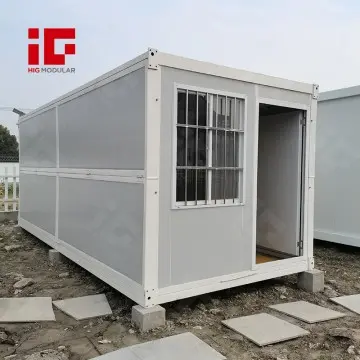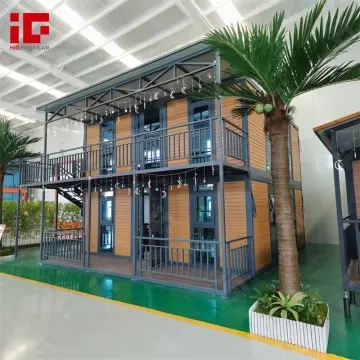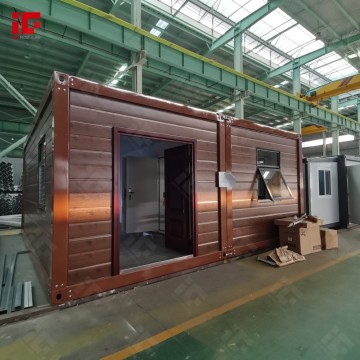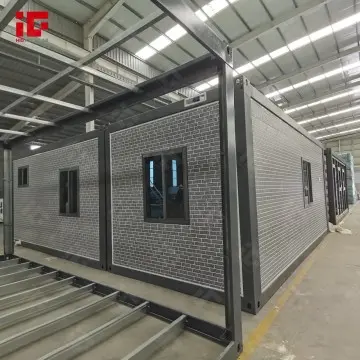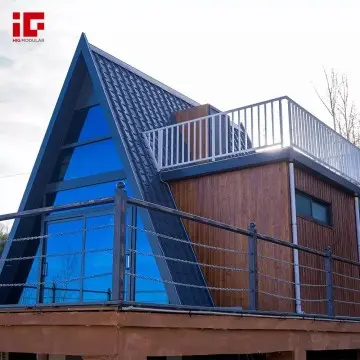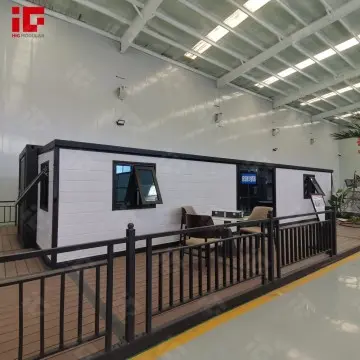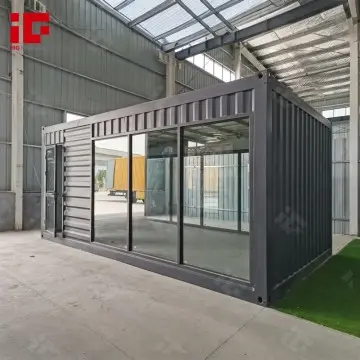Products Categories
Featured Products
The Future of Sustainable Living: Unveiling the Space Capsule House
In an era defined by urbanization and environmental consciousness, the Space Capsule House emerges as a groundbreaking solution that redefines modern living.
- After-sale Service Online technical support
- Application Hotel/House/Office/Villa/Vacation House etc.
- Place of Origin China
- Size 20FT/40FT or Customized
- Color Customized Color
Product Detail
In an era defined by urbanization and environmental consciousness, the Space Capsule House emerges as a groundbreaking solution that redefines modern living. Combining cutting-edge engineering with sustainable principles, this innovative dwelling offers a harmonious blend of functionality, mobility, and eco-friendliness. Below, we delve into its core features, technical specifications, and real-world applications, supported by data from industry leaders like Astroboat and Zcamp .
1. Design Innovation: A Paradigm Shift in Architecture
The Space Capsule House is not merely a structure—it’s a marvel of modular design. Constructed with a hot-dip galvanized steel skeleton and aviation-grade aluminum panels, it achieves a perfect balance between lightweight durability and structural integrity . Unlike traditional buildings, which often require months of on-site construction, these capsules are 90% prefabricated in factories, reducing construction time to as little as 25–45 days . This modular approach minimizes waste and ensures precision, as seen in Astroboat’s projects spanning over 20 countries .

One standout example is the Zcamp E7 Luxury Camping Suite, which features a 3.2m width upgrade for enhanced interior comfort. Its curved glass skylight and open layout (bedroom/bathroom/living room) have set a benchmark in high-end tourism accommodations . Similarly, FEICHEN’s capsules boast double-layer hollow Low-E tempered glass, offering superior thermal insulation and noise reduction—ideal for extreme climates .
Technical Specifications
| Parameter | Standard Model | Premium Model |
|---|---|---|
| Dimensions | 5m (L) × 3m (W) × 3m (H) | 8.5m (L) × 3.4m (W) × 3.15m (H) |
| Material | Aluminum alloy + steel | Stainless steel + carbon fiber |
| Energy System | Solar panels + lithium battery | Solar + geothermal hybrid |
| Installation Time | 2 hours on-site | 4 hours on-site |
| Weight | 2.5 tons | 5 tons |
| Max Occupancy | 2–3 people | 4–5 people |
2. Environmental Responsibility: A Greener Footprint
In an age where carbon neutrality is non-negotiable, the Space Capsule House leads by example. Its zero-formaldehyde materials and energy-efficient design align with global sustainability goals. For instance, the FEICHEN capsule incorporates a 100mm-thick polyurethane insulation layer, reducing heating/cooling energy consumption by 40% compared to conventional homes . When paired with solar panels and rainwater harvesting systems, it can operate entirely off the grid, as highlighted in Tesla’s vision for solar-powered tiny homes .
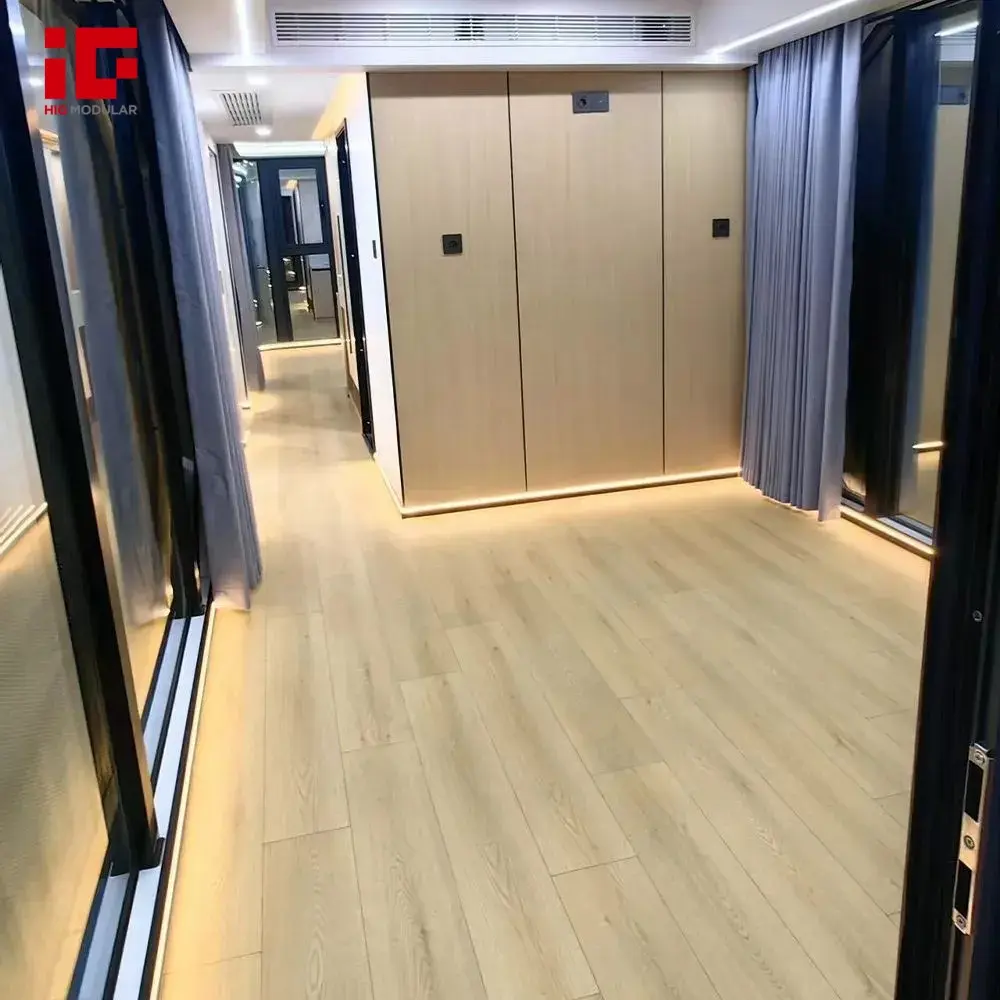
Moreover, the modular structure allows for easy relocation without harming the environment. Unlike traditional buildings that leave a permanent ecological footprint, these capsules can be disassembled and reassembled, making them ideal for sensitive ecosystems. This aligns with Zcamp’s commitment to “no construction waste” and “natural ecology protection” .
3. Smart Technology: Enhancing Comfort and Efficiency
The Space Capsule House is a testament to smart living. Equipped with IoT-enabled systems, residents can control lighting, temperature, and security via a mobile app. For example, the Astroboat Capsule integrates a whole-house intelligent control system, optimizing energy usage in real-time . High-end models even feature voice-activated assistants and automated ventilation, ensuring a seamless living experience.
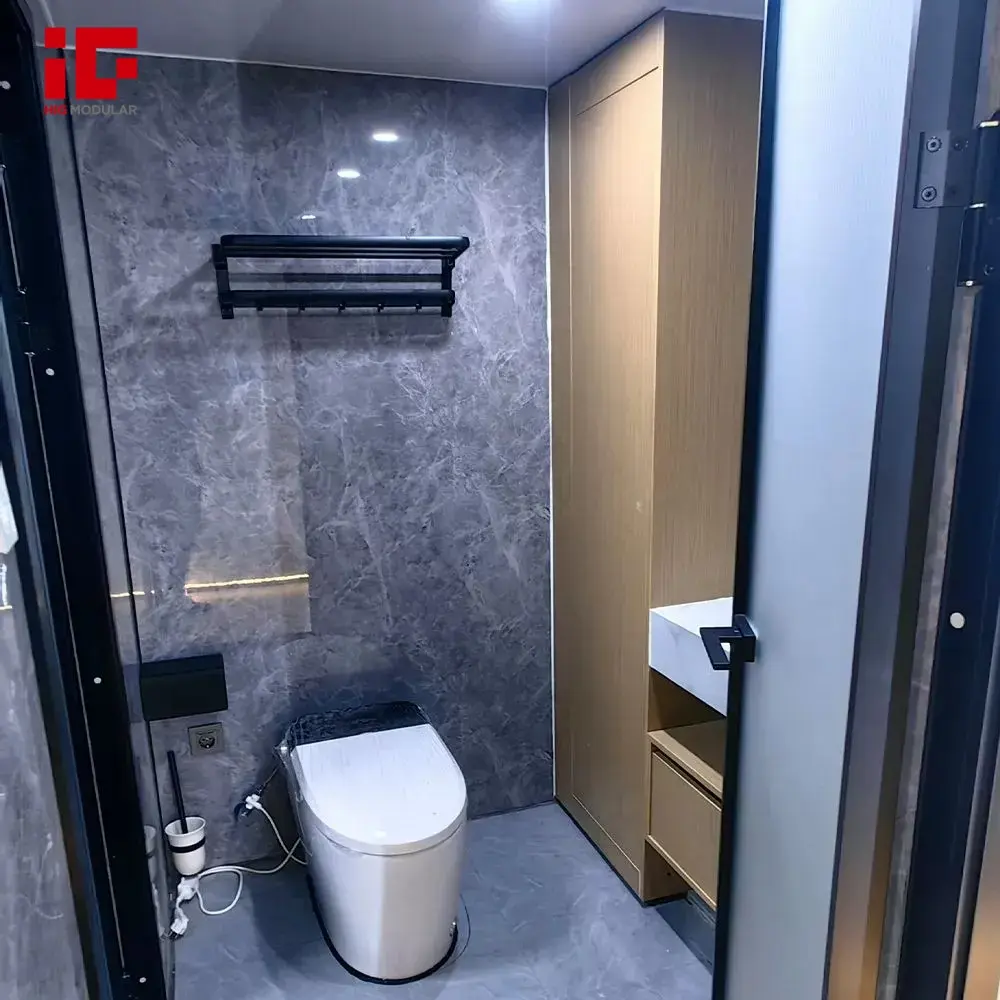
In remote areas, these capsules adapt effortlessly. FEICHEN’s off-grid solution includes photovoltaic solar power, water purification systems, and vacuum fecal suction devices, enabling self-sufficiency in harsh environments like deserts or mountainous regions . This adaptability makes them a viable option for disaster relief or rural development projects.
4. Versatile Applications: From Luxury Retreats to Urban Solutions
The Space Capsule House transcends traditional housing norms, catering to diverse needs:
a. Tourism and Hospitality
Hotels and resorts worldwide are adopting these capsules to offer unique experiences. The Zcamp E7, showcased on CCTV, has become a sought-after choice for glamping enthusiasts, combining luxury with mobility . Similarly, Astroboat’s projects in high-end tourism destinations demonstrate how these structures blend with natural landscapes while delivering premium amenities .
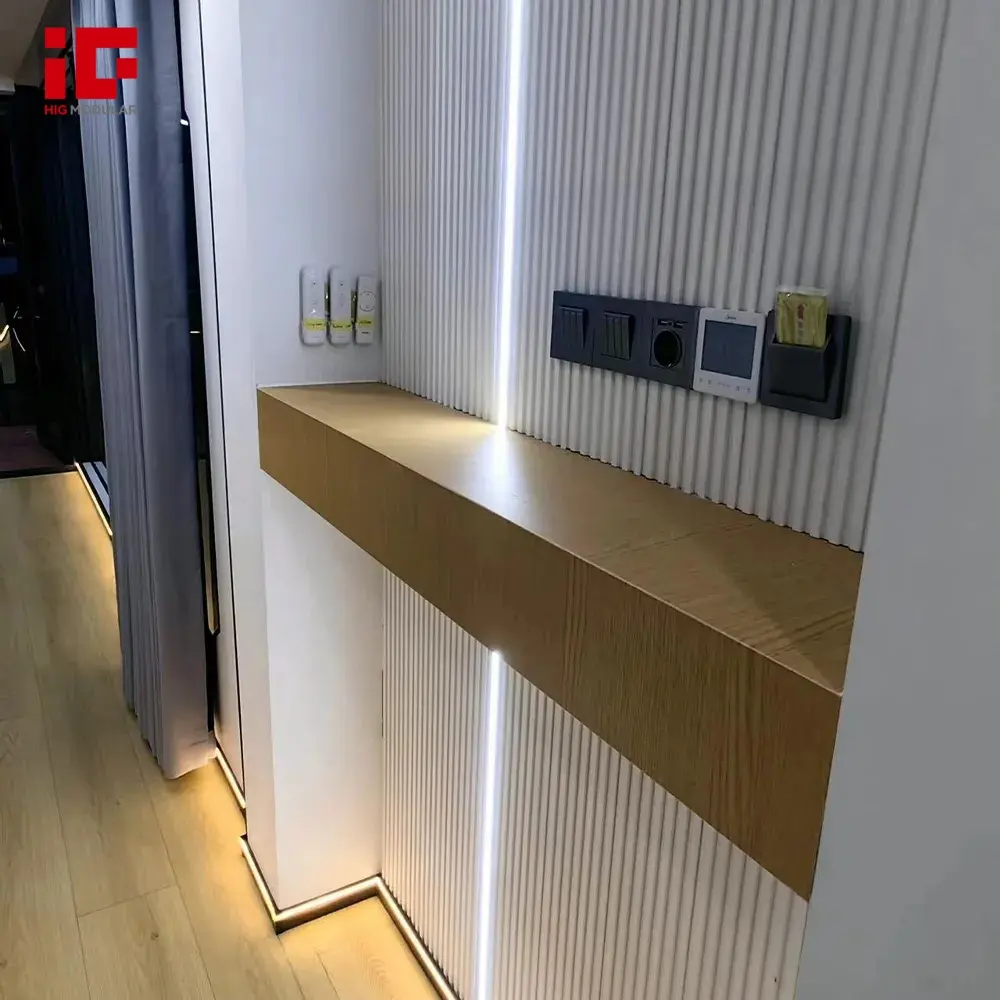
b. Urban Living
In crowded cities, space is a luxury. The Space Capsule House addresses this by providing compact yet functional dwellings for single professionals or small families. Its mobility allows residents to relocate closer to work or amenities, reducing commuting time and carbon emissions.
c. Temporary Accommodations
From construction sites to music festivals, these capsules serve as plug-and-play solutions. Their rapid installation and portability make them ideal for short-term rentals or emergency housing, as seen in FEICHEN’s 2-hour on-site setup .
5. Cost-Effectiveness: Long-Term Savings Over Traditional Homes
While the initial investment in a Space Capsule House may seem higher, its total cost of ownership is significantly lower. Factors include:
- Reduced utility bills: Solar and geothermal systems cut energy costs by 60–80% .
- Lower maintenance: Durable materials like aluminum and steel require minimal upkeep.
- Tax incentives: Many governments offer rebates for eco-friendly housing, further offsetting expenses.
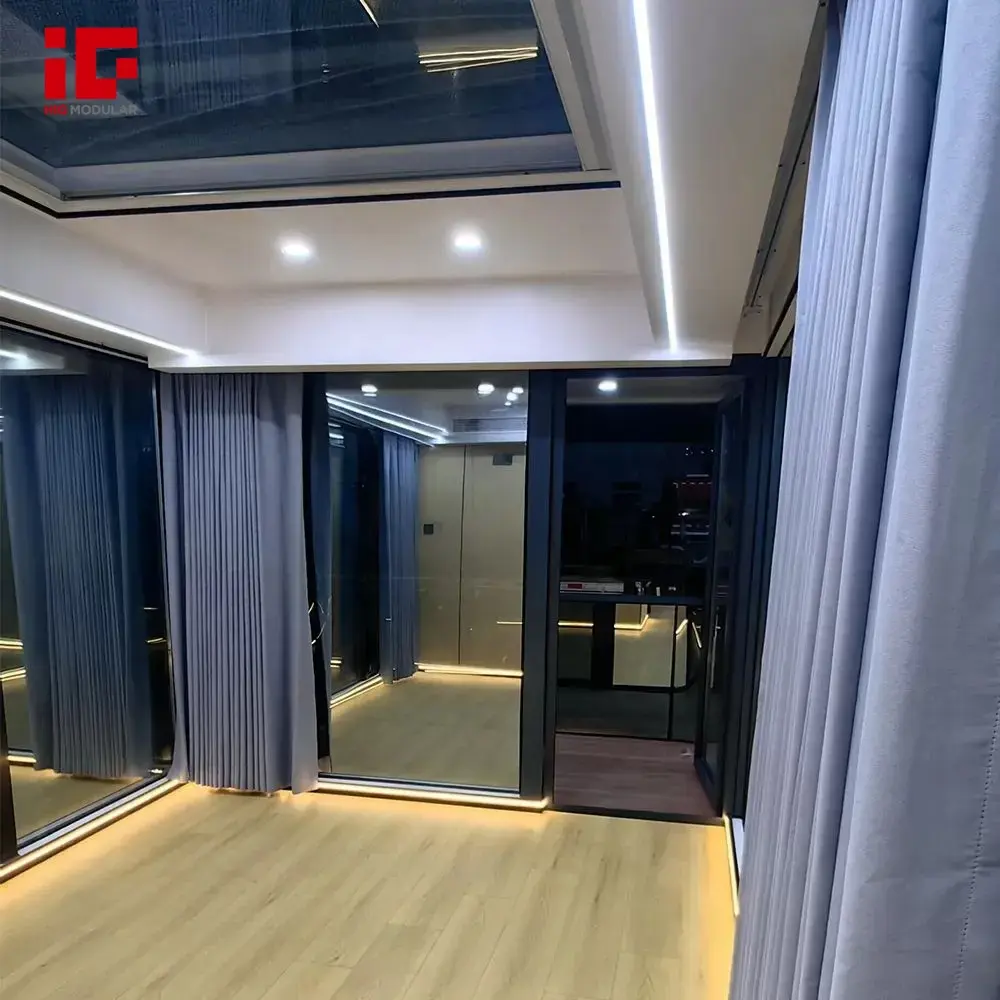
For instance, a standard model costs USD 50,000–80,000, while a premium model ranges from USD 100,000–150,000—competitive when compared to traditional homes of similar size .
Conclusion: A Vision for Tomorrow
The Space Capsule House is more than a dwelling; it’s a statement of intent—a commitment to sustainable, intelligent, and adaptable living. By merging modular design, green technology, and user-centric innovation, it paves the way for a future where homes are not static structures but dynamic partners in our evolving lifestyles. As Astroboat and Zcamp exemplify, this revolution is already underway, with applications spanning tourism, urban development, and disaster relief .
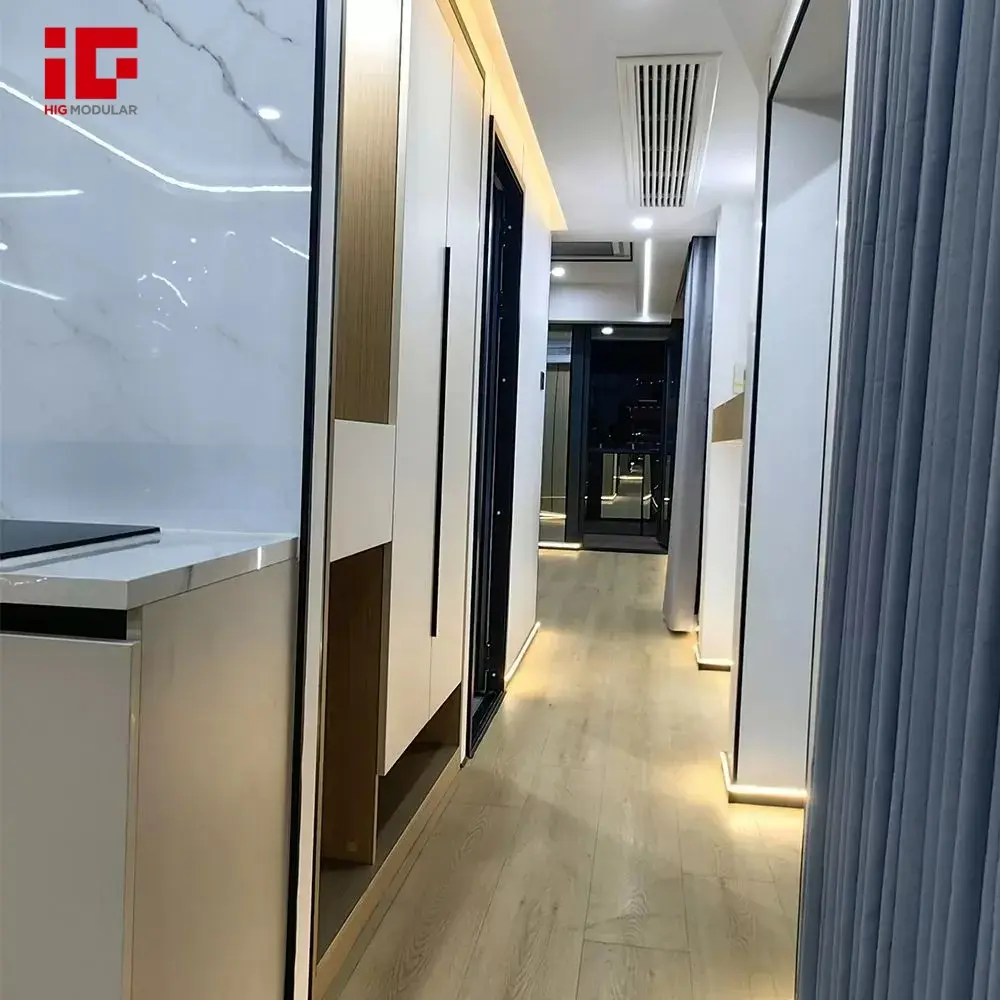
Are you ready to step into the future of housing? The Space Capsule House awaits.

